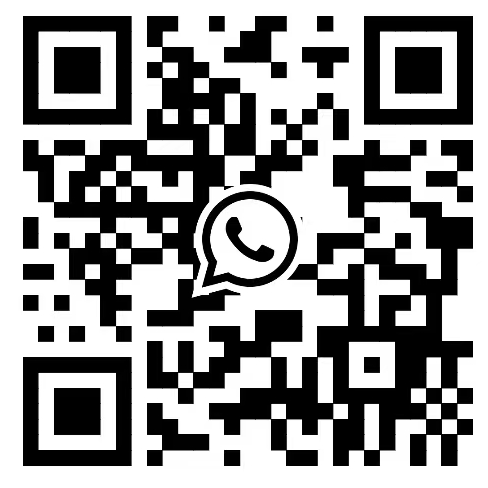Understanding and Utilizing 0-225° Angle Meters
This comprehensive guide explores the world of 0-225° angle meters, detailing their applications, types, and selection criteria. We'll cover everything from the basics of angle measurement to advanced techniques, ensuring you can choose the right tool for your specific needs. Learn how to accurately measure angles in various applications, understand the importance of precision, and discover resources to help you find the perfect 0-225° angle meter for your project.
Types of 0-225° Angle Meters
Mechanical Angle Meters
Mechanical 0-225° angle meters are typically simple, robust, and often analog. They rely on a physical mechanism to measure the angle, usually a rotating dial and pointer. These are generally less expensive than digital counterparts but may offer lower precision. They are ideal for applications where high accuracy isn't critical and ruggedness is paramount. Their simplicity ensures ease of use and minimal maintenance. However, the readings can be subjective, influenced by the user's interpretation of the pointer position.
Digital Angle Meters
Digital 0-225° angle meters offer increased accuracy and often include additional features such as data logging, different measurement units (degrees, radians, etc.), and even data output capabilities. These meters use electronic sensors to measure the angle and display the result on a digital screen. While often more costly than mechanical counterparts, the added accuracy and functionality make them suitable for demanding applications requiring precise angle measurement. The digital display eliminates the ambiguity inherent in analog readings, leading to more reliable results.
Choosing the Right 0-225° Angle Meter
Selecting the appropriate 0-225° angle meter depends on several factors. Consider the required accuracy level, the type of application (e.g., construction, machining, surveying), the budget, and the necessary features. A high-precision digital meter might be necessary for intricate machining tasks, whereas a simpler mechanical meter might suffice for less demanding applications. Always check the manufacturer's specifications to ensure the meter's capabilities align with your project requirements.
Applications of 0-225° Angle Meters
0-225° angle meters find use across diverse industries and applications. Examples include:
- Construction and surveying: Measuring angles for precise land surveying and building construction.
- Machining and manufacturing: Ensuring accurate angles in the creation of components.
- Automotive repair: Diagnosing and adjusting vehicle angles.
- Woodworking: Accurate angle cuts for furniture and other projects. Precision is key here, and a high-quality 0-225° angle meter can significantly improve results.
Accuracy and Calibration
Regular calibration is crucial to maintain the accuracy of your 0-225° angle meter, especially for digital models. Refer to the manufacturer's instructions for calibration procedures. The frequency of calibration will depend on usage frequency and the level of precision required. For critical applications, frequent calibration is recommended to ensure consistent and reliable measurements. Inaccurate measurements can lead to errors in projects, potentially resulting in significant costs and rework.
Where to Find 0-225° Angle Meters
Various suppliers offer a wide range of 0-225° angle meters. Online retailers and specialized tool suppliers are excellent resources. Always check reviews and compare prices before making a purchase. Remember to consider the warranty offered by the supplier and the manufacturer's reputation for quality and reliability. For high-quality metal products, consider exploring options from reputable suppliers like Botou Haijun Metal Products Co., Ltd. They specialize in providing precise and durable metal components for various industrial applications.
Comparison Table: Mechanical vs. Digital Angle Meters
| Feature | Mechanical | Digital |
| Accuracy | Lower | Higher |
| Cost | Lower | Higher |
| Durability | Generally Higher | Can Vary |
| Features | Basic | Advanced (Data Logging, Multiple Units) |
Remember to always prioritize safety when using any measuring instrument. Consult relevant safety guidelines and regulations before undertaking any project.






















